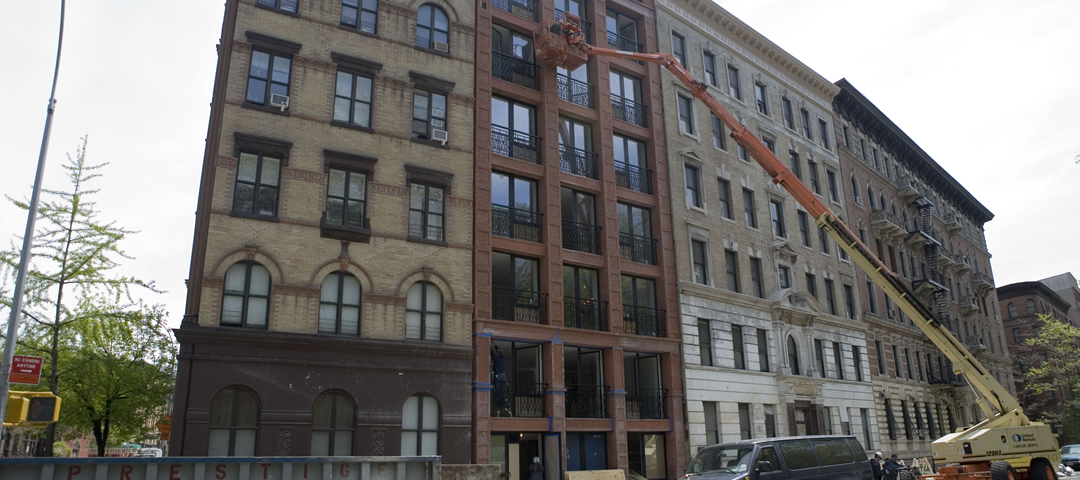About The Film
Background & History
Changing Face of Harlem is a one-hour documentary that examines the revitalization of Harlem told through the deeply personal stories of its residents, small business owners, politicians, developers, and clergy. Identified as the birthplace of the Black Renaissance, Changing Face of Harlem takes a critical look at Harlem’s history, early development, and its present transformation. The film began production in the year 2000 and was shot over a period of ten years.
The Issue
20 years ago, according to the press, Harlem was a crime-ridden ghetto full of hoodlums and drugs. For non-residents, it was unheard of to venture uptown. Tourist maps of New York City ended at 96th street. Though recognized internationally as “The Black Mecca,” the historic neighborhood was overlooked for decades. Longtime residents weathered the storm despite the lack of city services and building landlord abandonment. Bank practices of redlining in the 1980′s prevented many residents from purchasing turn of the century brownstones within their own blocks.
Recently however, Harlem has matured into a prosperous locale for commercial and corporate interests. As New York City exhausts its scarce amount of centrally located prime real estate, it has marketed Harlem as an ideal investment. With this influx of new investment has come a younger, more professional, and affluent class of residents. Harlem residents have a mixed range of opinions about the future of their community. Some are fearful of what lies ahead and look towards the past for the best of its years. Others foresee a brighter future and happier days for a better Harlem. The consensus in the community is a concern and necessity for cultural preservation. The film hopes to use Harlem as lens through which to view urban communities of color nationwide that face similar struggles. Changing Face of Harlem highlights how a community deals with the challenge of maintaining identity while accepting change.
The Story
Three central characters serve as a thread throughout the film providing personal insight into the changes. These characters illustrate the disparity in opinions on the future direction of their community. Frank, affectionately known as the “mayor of 114th street,” has lived on the same block since the 1940′s and has been the manager of a building on 114th street since 1999. His building is a part of the Tenant Interim Lease program (TILL) where the tenants work towards ownership of the building. Frank’s dream is for the building to become a co-op.
As a child Tekima never imagined she would one day have a business on 125th street, the heart of the Harlem community. As a florist located in Mart 125 she exceeded her expectations. Mart 125, located across from the Apollo Theater on 125th street, opened in 1986 as an incentive for local street vendors to move off the street, establish their own businesses and sell their products in an indoor micro-managed market. Tekima was one of the last fighting vendors at Mart 125 before it closed in November of 2001.
Asadah, an educator who teaches youth in East Harlem, has the dream of opening, “Read My Mind Café.” Asadah describes Read My Mind as a bookstore, cyber-café, and nutrition center to be located on the corner of Strivers’ Row and Fredrick Douglass Boulevard. With an optimistic attitude she describes her store as a gathering place for the upcoming artists of Harlem.
In addition to these local voices, key contributors also include Congressman Charlie Rangel, Rev. Calvin Butts of Abyssinian Baptist Church, local architect Zevilla Preston, Nellie Bailey, Director of Harlem Tenants Alliance, Karen Phillips, co-founder of Abyssinian Development Corporation, and Russell and Maurice Grey, father and son owners of Edward Sisters Realty, a black owned and operated agency that has serviced the Harlem community for three generations. Also captured in the film are investors and real estate developers from outside the community who speak of the financial opportunities the historic neighborhood offers.
 Changing Face of Harlem
Changing Face of Harlem